Beans & Bezels Beans & Bezels B&B
Disclaimer: this video/review was not sponsored by MING or any other entity.
Video
Review
Recently, I’ve had the pleasure of featuring quite a few MING watches on my channel, which really shouldn’t come as a surprise given how much of a fan I am. Much of this has been made possible thanks to the kind folks at MING who have allowed me to photograph, review, and spend time with their incredible timepieces. Watches like the 37.02 Minimalist, 29.01 World Timer Dubai Edition, and 37.08 Starlight were all graciously lent to me, and I’m extremely grateful for the opportunity to dive into those pieces.
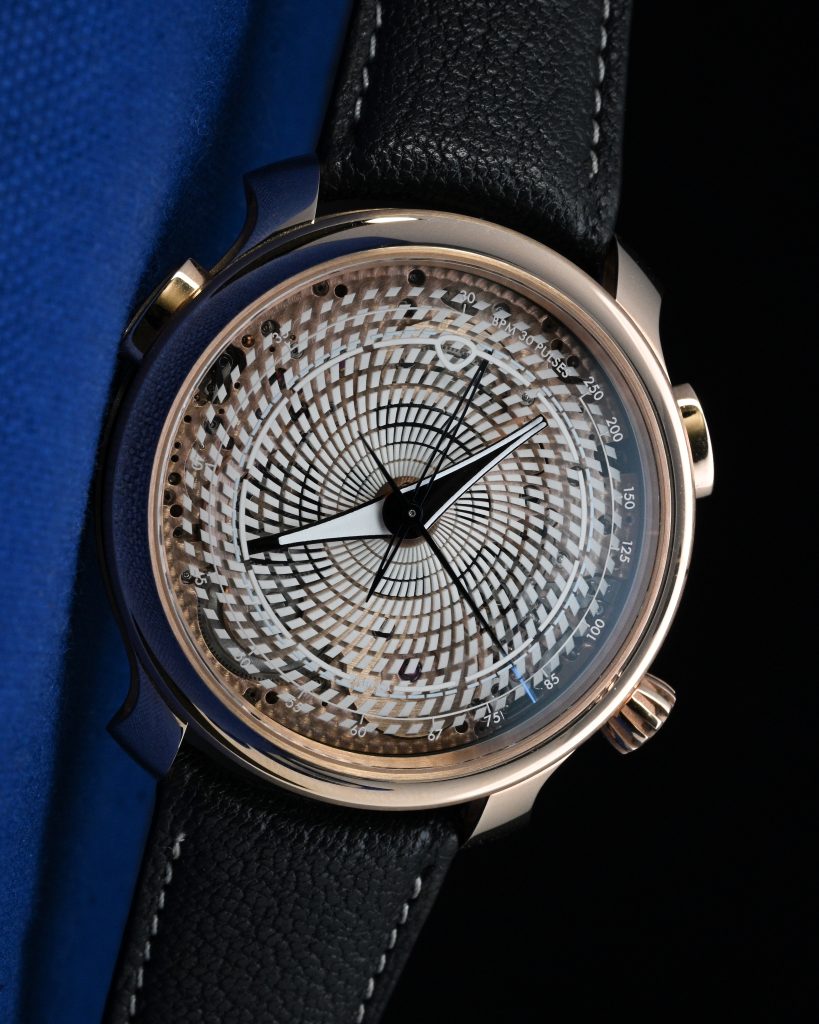
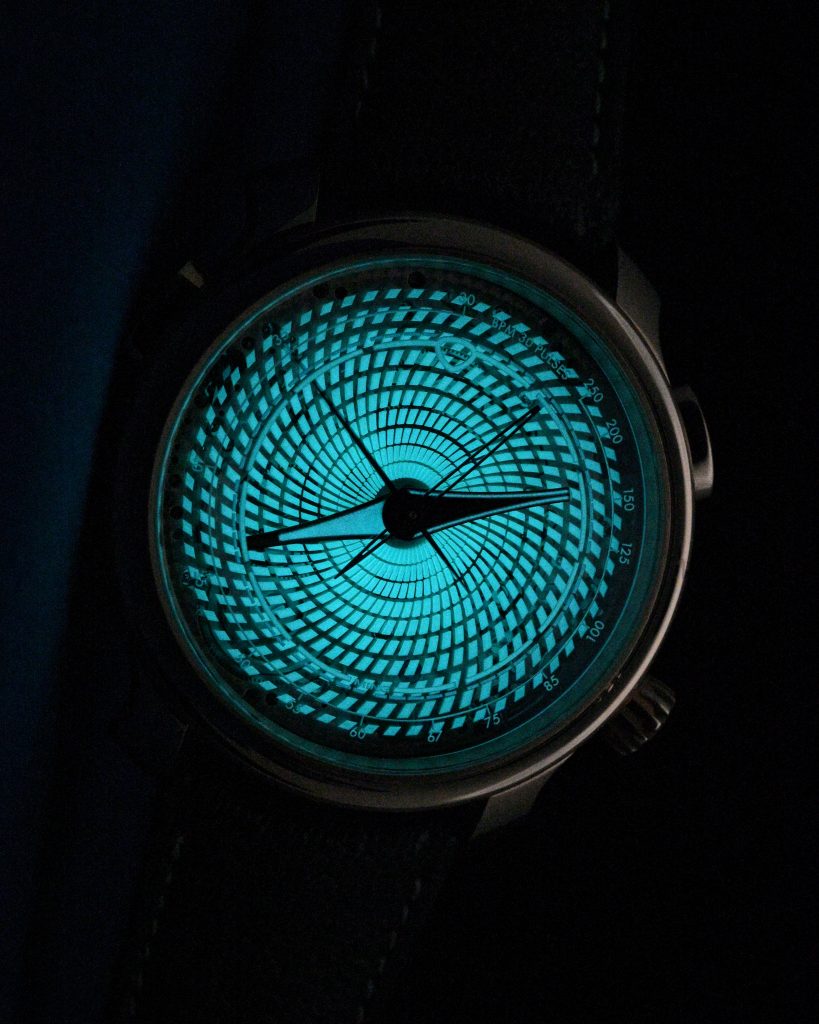
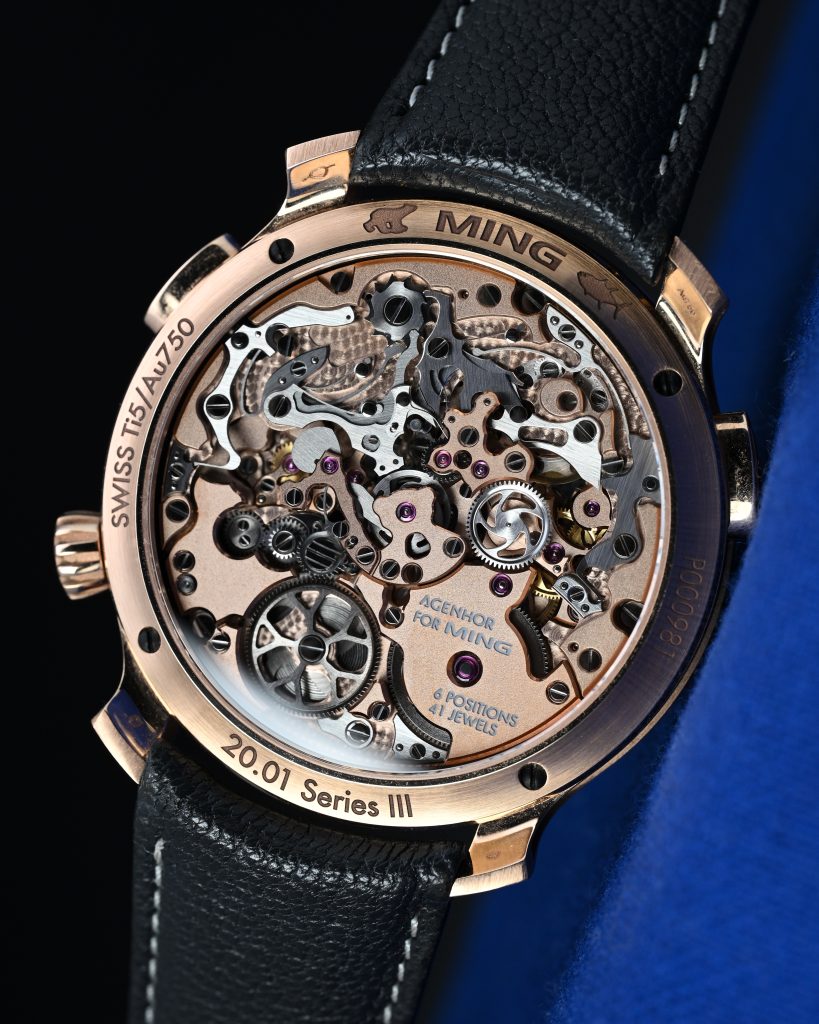
More recently, I had the chance to experience the 37.09 Bluefin, alongside a truly special piece – this Special Projects Cave 20.01 S3 in rose gold. Announced last year in a very limited run of just 20 pieces, this watch carries a retail price of 43,500 CHF, or around $50,000 if you were to purchase it from Collective Horology, MING’s US retailer. The 20 Series is among my favorites, and I personally own the 20.11 Mosaic, which I was fortunate enough to snag a little over two years ago.
The 20.01 S3 marks the third iteration of this line, following an exclusive release for early brand supporters and then a slightly broader release with the S2. I’ve had the pleasure of experiencing and photographing the 20.01 S2, which truly deepened my appreciation for the Agenhor Agengraphe chronograph movement and MING’s masterful 3D laser-engraved mosaic dials. With the 20.01 S3, MING delivers their latest mosaic dial design, a stunning rose gold case, and a breathtaking Agengraphe movement finished in rose gold – elevating the 20 Series to the next level.
Let’s check it out!
Case
The MING 20.01 S3 carries forward the signature 20 Series case design, which I’m already quite familiar with from my own 20.11 Mosaic and the 20.01 S2 that I’ve previously reviewed. My measurements put the case at 41.5mm in diameter, 45.5mm lug-to-lug, and approximately 14.25mm thick – figures that might sound substantial, but thanks to MING’s thoughtful case architecture, the watch wears much slimmer than expected. Unlike the titanium construction of the 20.11 and 20.01 S2, the S3 features an 18k 5N rose gold outer structure with a grade 5 titanium inner case, striking a balance between luxury and durability.
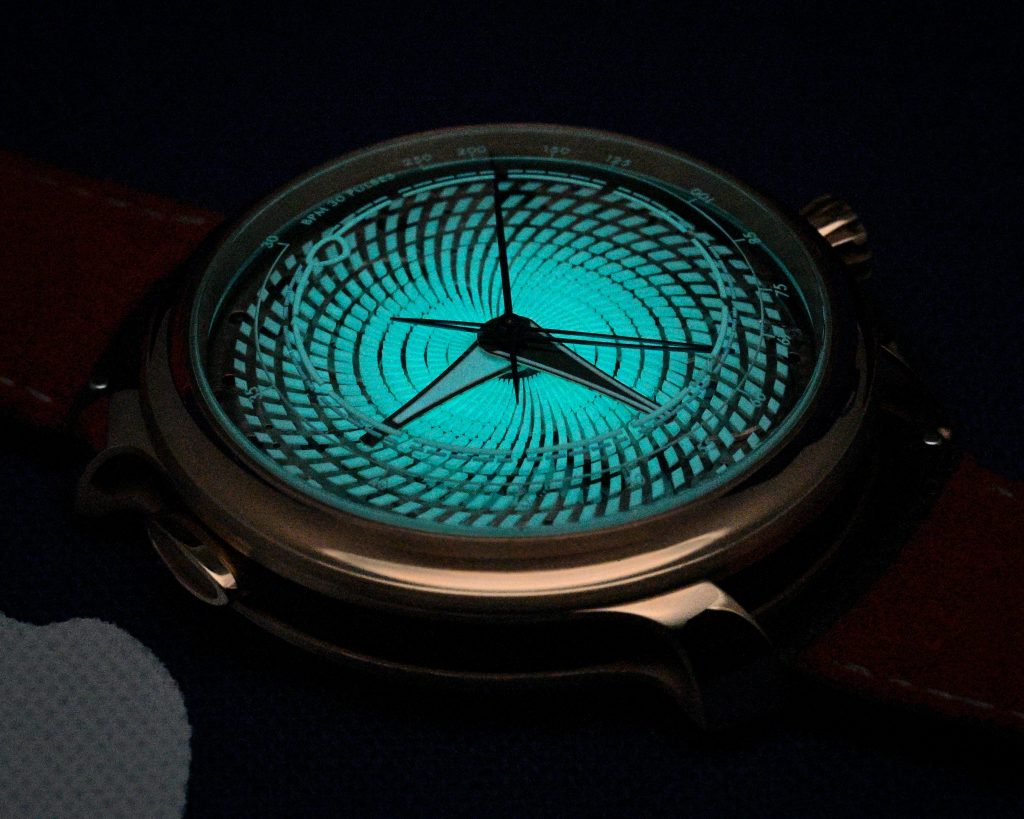
MING’s 20 Series case is particularly complex, made up of 34 individual parts, each showcasing a range of finishing techniques that highlight the brand’s meticulous attention to detail. My favorite design element remains the hollowed-out mid-case and sculpted lugs, which do a fantastic job of reducing the visual bulk that a 14.25mm thickness could otherwise bring. The sapphire crystals – a slightly curved one on top and a flat one at the case back – both feature generous anti-reflective coatings, ensuring excellent visibility. The chronograph is operated via pushers positioned at the top left and top right, while the 5.4mm push-pull crown at 4 o’clock is easy to grip and operate.
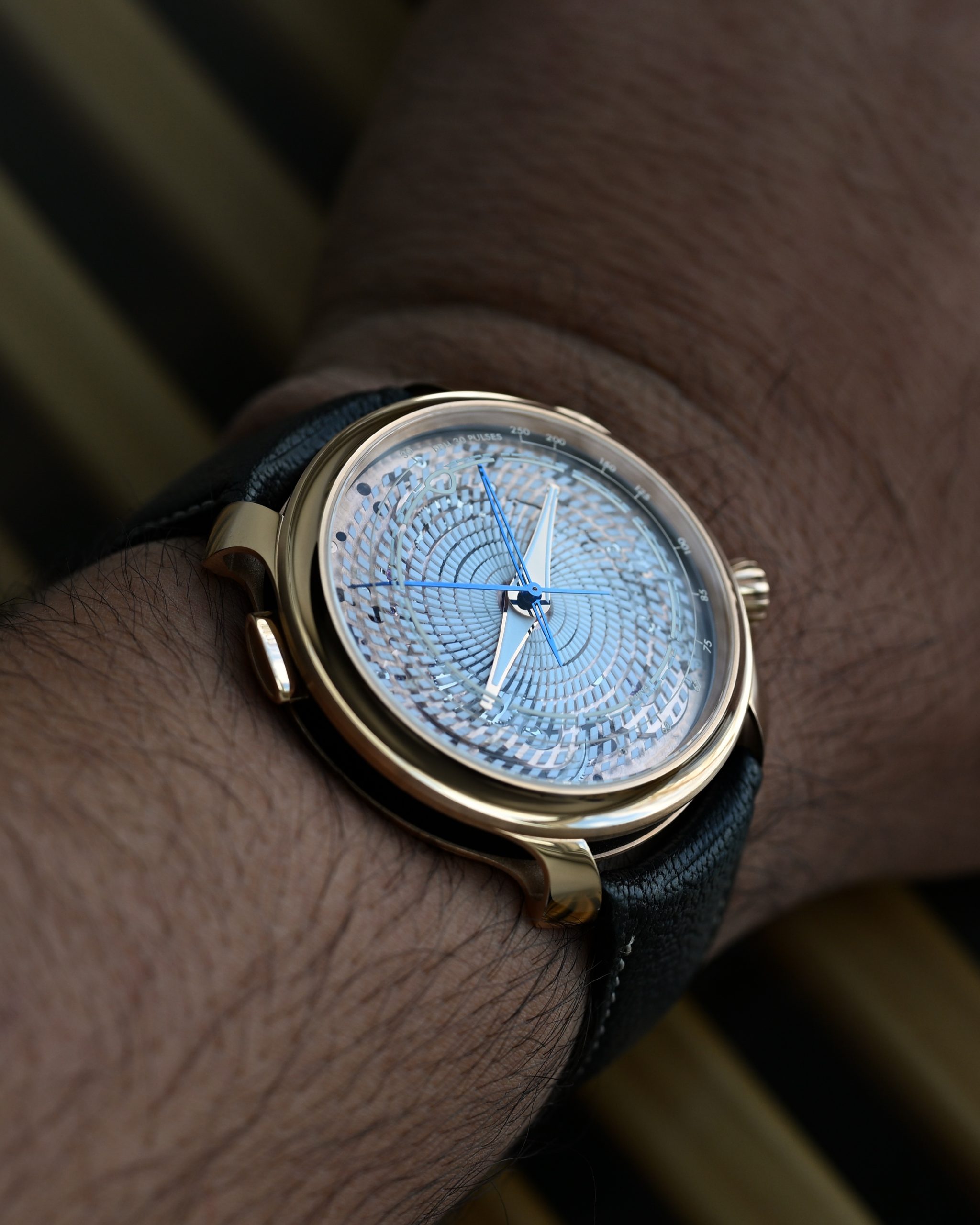
As with all MING watches, the 22mm lugs only support curved spring bars, which adds to the integrated look. Finally, with a 50m water resistance rating, the S3 offers enough protection for everyday use – more than reasonable given its nature as a refined and highly technical chronograph. Overall, the execution of the case design and finishing is top-tier, solidifying my belief that MING makes some of the most visually striking and well designed cases in independent watchmaking.
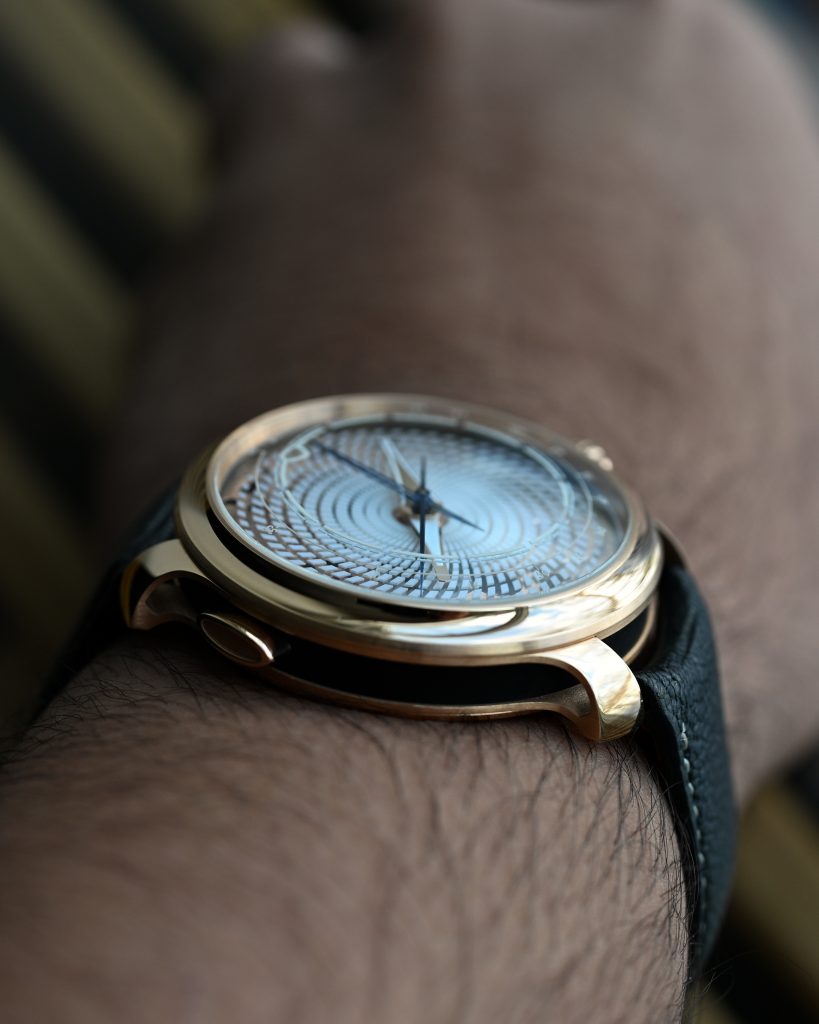
Dial
The dial of the MING 20.01 S3 is undoubtedly the star of the show, taking all the signature MING design elements: transparency, shadows, lume, and three-dimensionality – and cranking them up to beyond sensible levels. Unlike many MING creations that lean toward minimalism and restraint, this watch embraces visual density and complexity, creating a dial that is endlessly fascinating. It’s the kind of watch where you’ll likely keep discovering new details even years into ownership.
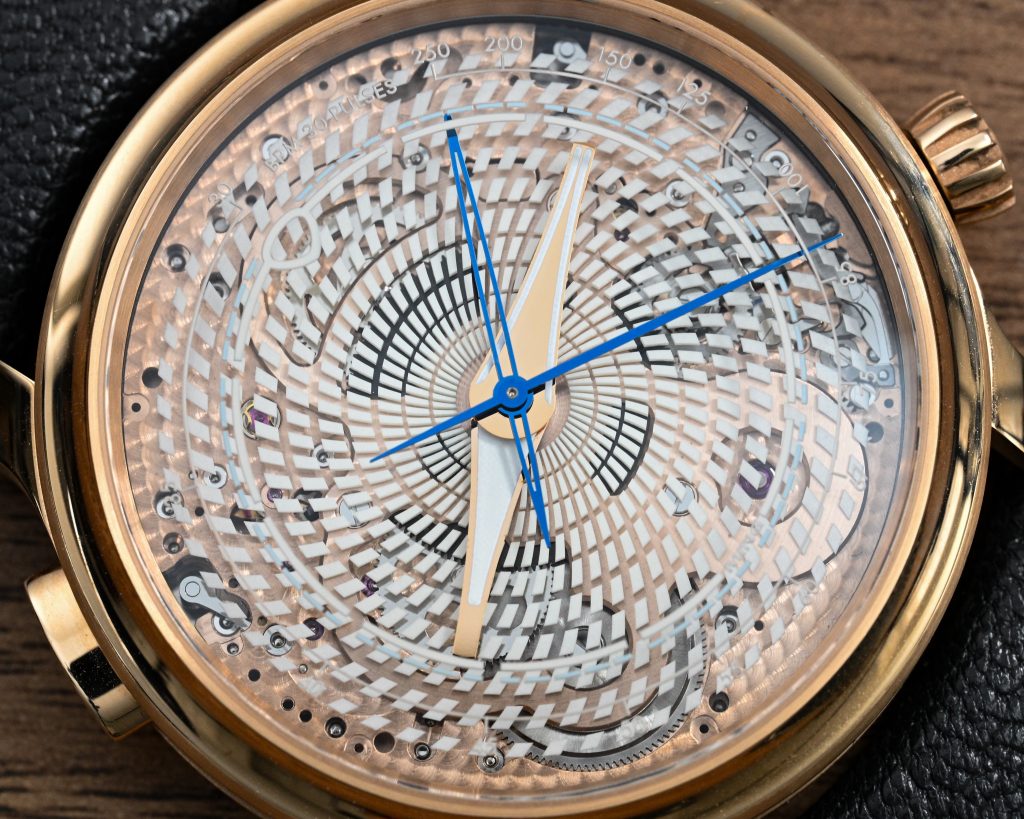
Beneath the curved sapphire crystal, you’ll find a pulsometer scale, a circular track for minutes or seconds, and a more conventional hour marker ring. While the design is spectacular, I have to admit that legibility is a challenge, especially when trying to read the exact second or minute, which is difficult for my aging eyes. But that’s mostly because of what lies beneath: an insanely intricate dial made from 1.3mm-thick borosilicate glass, featuring 600 asymmetric cavities, each hand-filled with X1 Super-LumiNova. The effect is breathtaking – the lume-filled pattern appears to float in 3D space, and the thickness of the glass creates a visually exaggerated depth, making this one of the most mesmerizing dials I’ve ever seen.
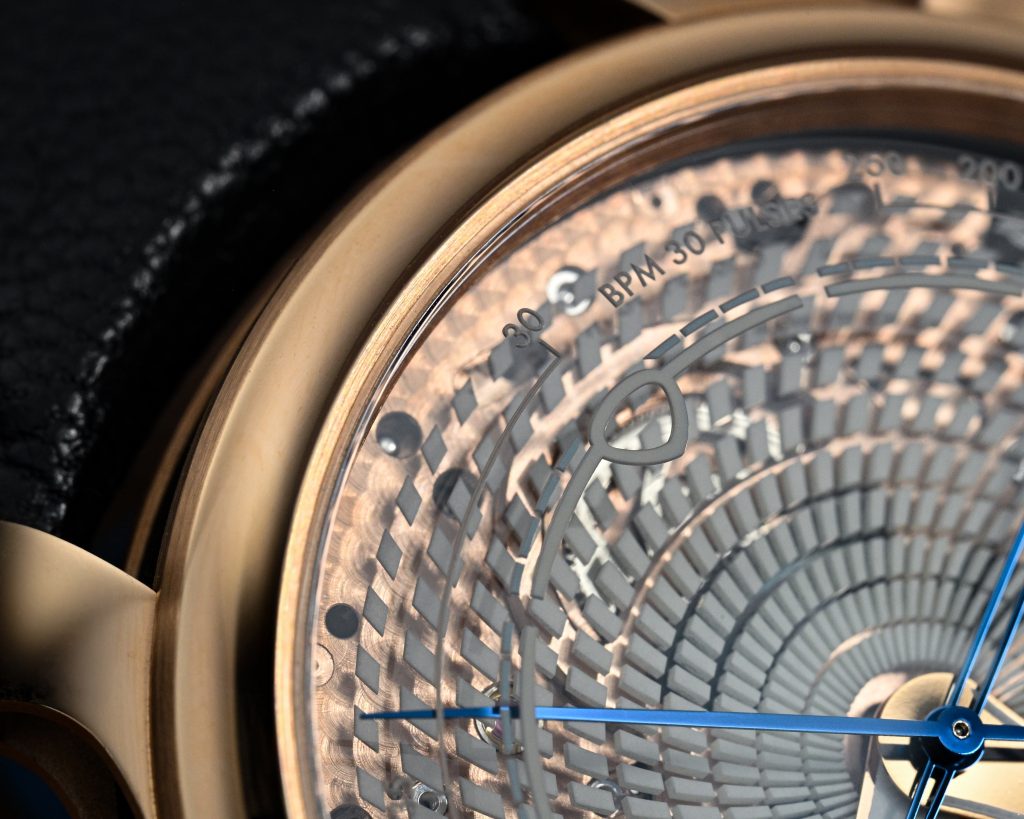
Underneath, you can often catch glimpses of the movement’s dial-side components, finished in a matching 5N rose gold, adding even more richness to the visual experience. Floating above this mechanical artwork is a polished gold handset, with a lume design reminiscent of recent 37 Series watches like the Starlight and Minimalist. The hands are well-finished and remain easy to read despite the busy dial. The chronograph hands, in contrast, are thermally blued, with the minute hand skeletonized and the seconds hand featuring a curved tip that mirrors the crystal’s shape – an elegant touch.
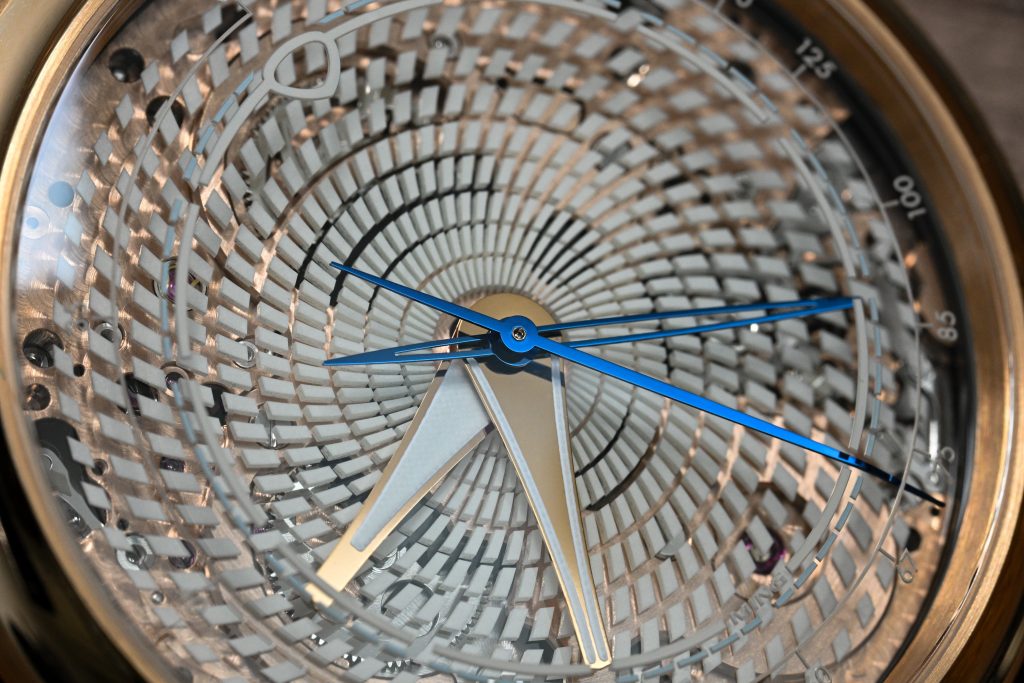
The overall effect is nothing short of magical. As expected from any MING watch, the dial shifts dramatically depending on lighting, giving the watch multiple personalities throughout the day. Legibility suffers at certain angles, but let’s be honest – this watch isn’t about practicality. It’s a statement piece, a flex, a work of horological art. And with a gold case, an absolutely insane dial, and a $50,000 price tag, MING makes it clear that this is meant to be an experience, not just a time measuring tool.
Lume
The lume on the MING 20.01 S3 is nothing short of mesmerizing, and as someone who’s completely obsessed with lume, I can confidently say this is one of the most jaw-dropping lume shows I’ve ever seen. The dial steals the spotlight here, with 600 deep cavities generously filled with X1 Super-LumiNova that create an intense, almost blinding glow. The three-dimensionality of the lumed elements, combined with the distinctive mosaic pattern, makes the lume display even more captivating – this isn’t just glow, it’s a full-on light show!
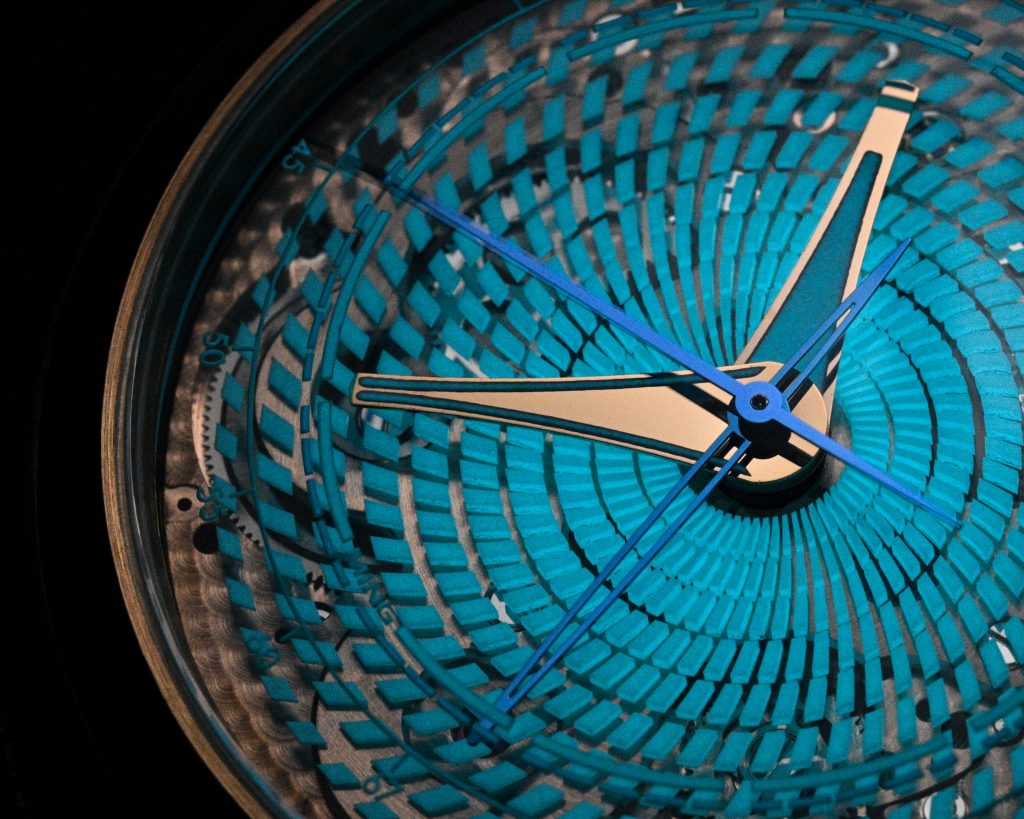
Compared to its predecessors, like the 20.11 Mosaic and the 20.01 S2, this model’s mosaic emits its own unique glow, and the effect is truly impressive. The hour markers and pulsometer markings on the crystal are also lumed, though the pulsometer scale fades rather quickly. While the minute hand also loses its luminescence fast, it’s almost irrelevant because the entire dial remains glowing, making legibility easy even in total darkness. The hour hand holds a decent charge, but honestly, you’ll never have trouble reading the time with the stark contrast between the dark hands and the well-lit dial.

The closer you get to the dial, the more jaw-dropping it becomes, and I could easily spend hours just staring at it. Overall, the 20.01 S3 has easily secured a place as one of the wildest lumed watches I’ve ever encountered, and given my ridiculous addiction to glowing watches that should say something. After comparing it to my 17.09 WCS, 20.11 Mosaic, and 37.09 Bluefin prototype, it seems that the 20.11 still does a great job and puts up a good fight. But the 20.01 S3, given enough time, will likely remain the brightest, most captivating of the bunch.

Movement
The movement inside the MING 20.01 S3 is something truly special, and I want to take a moment to talk about why I find it to be one of the most impressive modern chronograph designs. Before diving in, I should mention that my understanding of the AgenGraphe has been shaped by excellent articles from Ian Skellern on Quill & Pad, Jack Forster on 1916 Company, and various technical documents and reviews from Agenhor and brands that use this movement, like Fabergé, Singer, and H. Moser & Cie.

Designed by Jean-Marc Wiederrecht, the AgenGraphe was built from the ground up, unlike many high-end chronograph movements today that are largely refinements of classic architectures from Lemania, Valjoux, and others. This movement successfully modernizes the chronograph while addressing many of the drawbacks of traditional designs. One of its defining features is its central chronograph display, where the elapsed time hands for minutes and seconds are positioned concentrically on the dial -allowing for immediate, intuitive legibility without the clutter of multiple subdials. While other brands like Sinn, Damasko, and Habring have attempted central chronographs based on Valjoux or ETA movements (often inspired by the Lemania 5100), the AgenGraphe does it in a way that feels truly innovative.
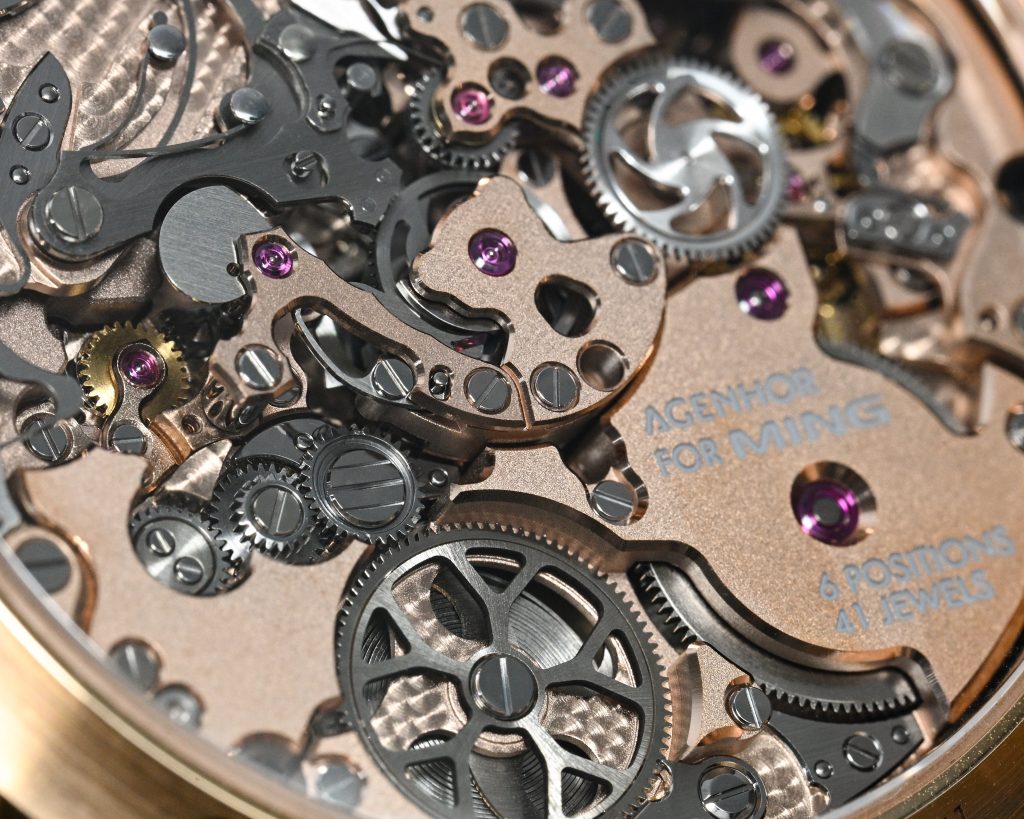
At its core, it uses a column wheel for precise function control but replaces conventional clutch systems with the AgenClutch, a lateral friction clutch with no teeth, ensuring ultra-smooth engagement with no start-up jitter or amplitude drop. The jumping minutes mechanism, driven by snail cams, eliminates any ambiguity in reading elapsed time and ensures constant torque for smooth operation – something many older chronographs struggle with. Additionally, instead of the abrupt, hammer-driven reset found in traditional chronographs, the AgenGraphe employs a brake-release reset, where a spring gently rewinds the chronograph hands back to zero, preventing the jarring snap-back that can stress components over time.
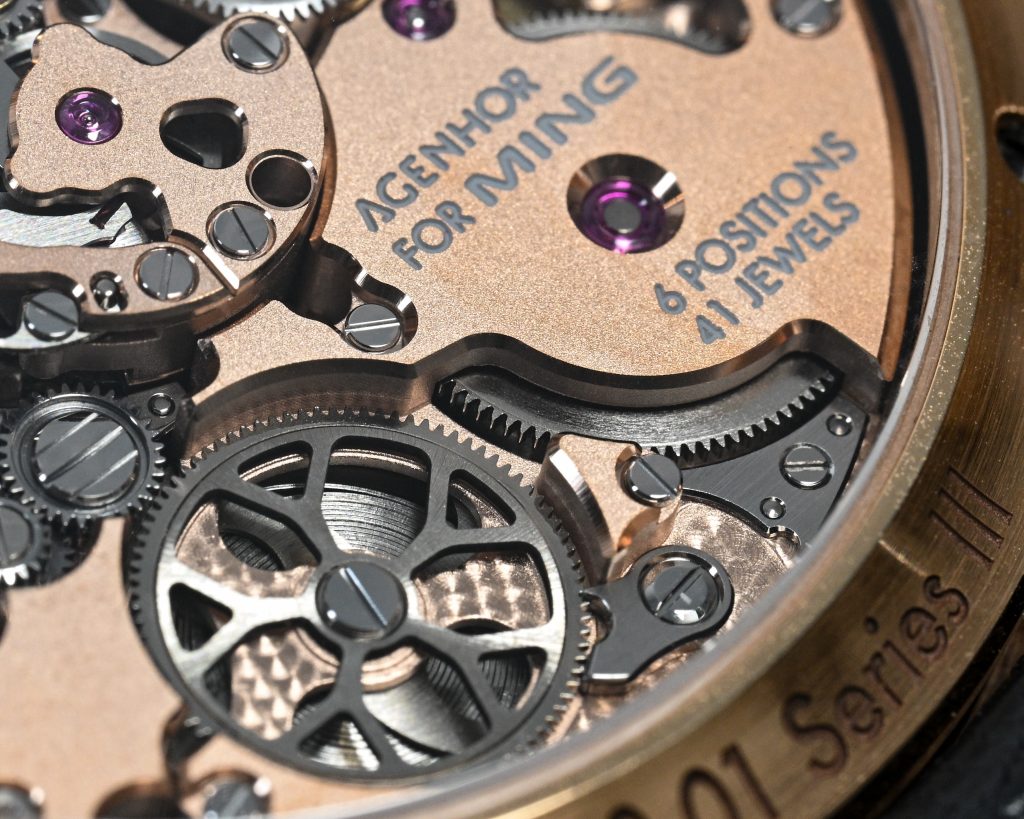
The movement architecture itself is also unconventional: rather than the traditional layered chronograph layout, it features an annular main movement with a hollow center, where the chronograph mechanism is stacked – a design that usually includes a dial-side rotor, though MING opted for a manually wound variant for the 20.01 S3. Over the years, my appreciation for chronograph movements has only grown – they embody everything I love about watchmaking, from intricate mechanical design to clever engineering solutions. Many modern chronographs feel uninspired in comparison to the highly architectural designs of the past, but the AgenGraphe manages to be both modern and robust while maintaining the sculptural elegance of vintage calibers. If I ever have the chance to add one of these to my collection, I wouldn’t hesitate.
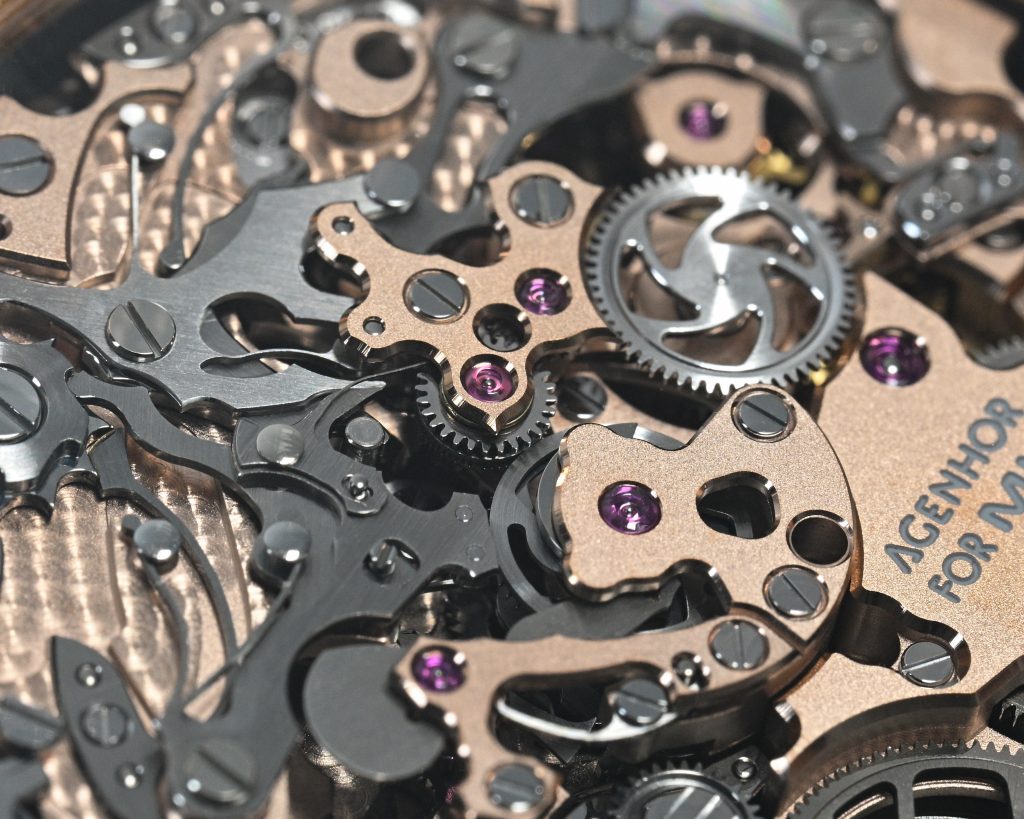
On The Wrist
Having worn my 20 Series Mosaic for over two years now, the 20.01 S3 feels instantly familiar and comfortable on the wrist. One of the standout qualities of this watch is how surprisingly lightweight it is, especially considering it’s made of rose gold. The generous use of sapphire, glass, and titanium makes this watch feel much lighter than any other rose gold piece I’ve worn, which was a pleasant surprise. The proportions are well-balanced for my 6.75″ wrist, with the 41.5mm case diameter sitting perfectly.
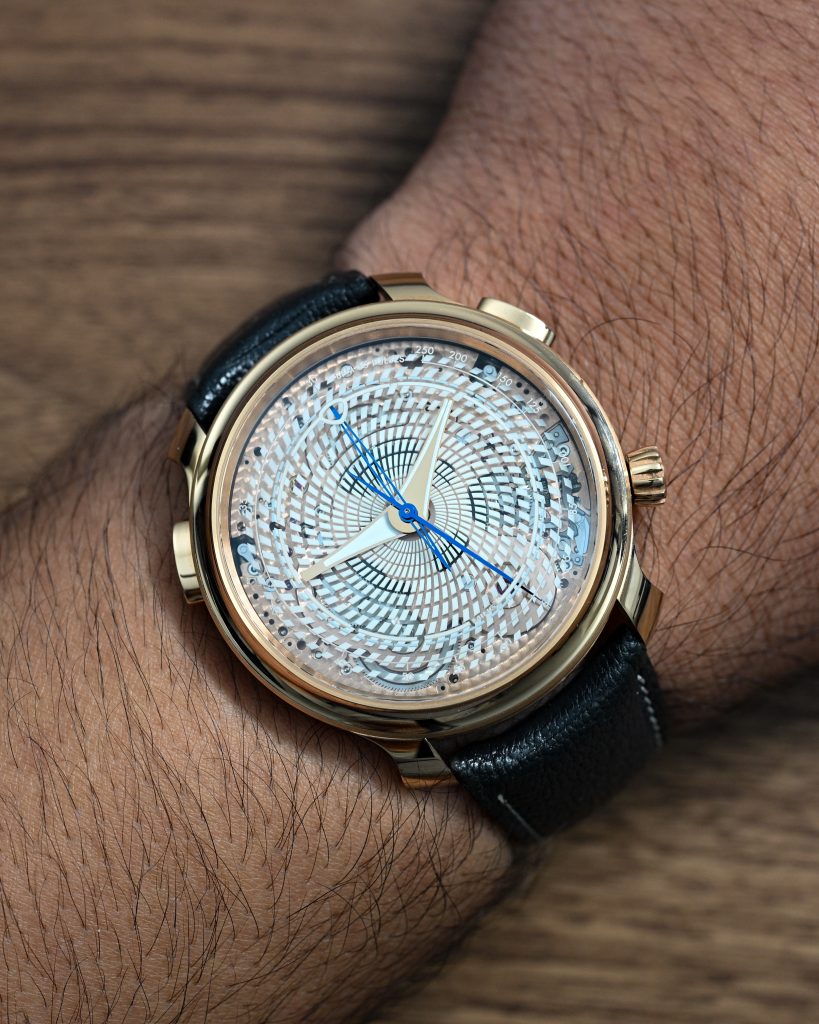
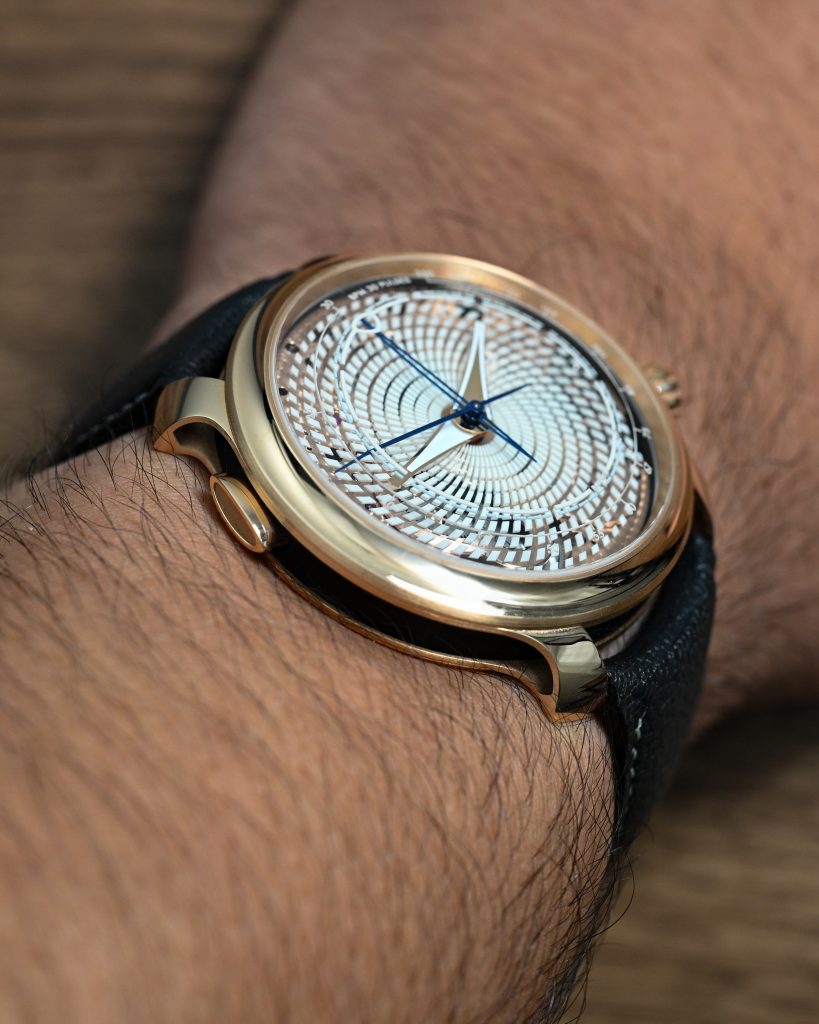
The 14.2mm thickness might seem hefty on paper, but the rounded crystal and cleverly sculpted mid-case, with its hollowed design, make it wear much slimmer than you’d expect. It sits comfortably, and I don’t feel any of the usual bulkiness that might come with a watch of this size. The watch comes on a lovely anthracite goat leather strap from Jean Rousseau, which has a texture and color that complement the watch beautifully. It’s one of the better Jean Rousseau straps I’ve owned, offering a great feel and a touch of luxury to complete the overall wearing experience.
Wrapping Up
The MING 20.01 S3 is undeniably a niche watch, with a retail price nearing $50,000 and a limited batch of just 20 pieces, making it clear that this timepiece is not designed for mass appeal. Instead, it speaks to a very specific type of buyer – one who can truly appreciate the technical marvel that is the Agenhor Agengraphe, has an eye for modern watch design, and is drawn to the creative use of materials and shiny objects.
While it’s no secret that for around $50,000, you could purchase a pre-owned Patek Philippe, Vacheron Constantin, or perhaps even an A. Lange & Söhne chronograph – each making a compelling case in its own right – this watch is for someone who has already explored the classics and now seeks something with a contemporary, forward-thinking approach to both design and engineering. If I were in the fortunate position to desire a haute horology piece from a brand that isn’t bogged down by tradition and inertia (this is my nice way of not calling the above three brands lazy and complacent), a modern independent chronograph like this one would be exactly what I would gravitate towards. MING has carved out its place in the industry by offering something that few others can, and that’s precisely why its popularity continues to grow.

